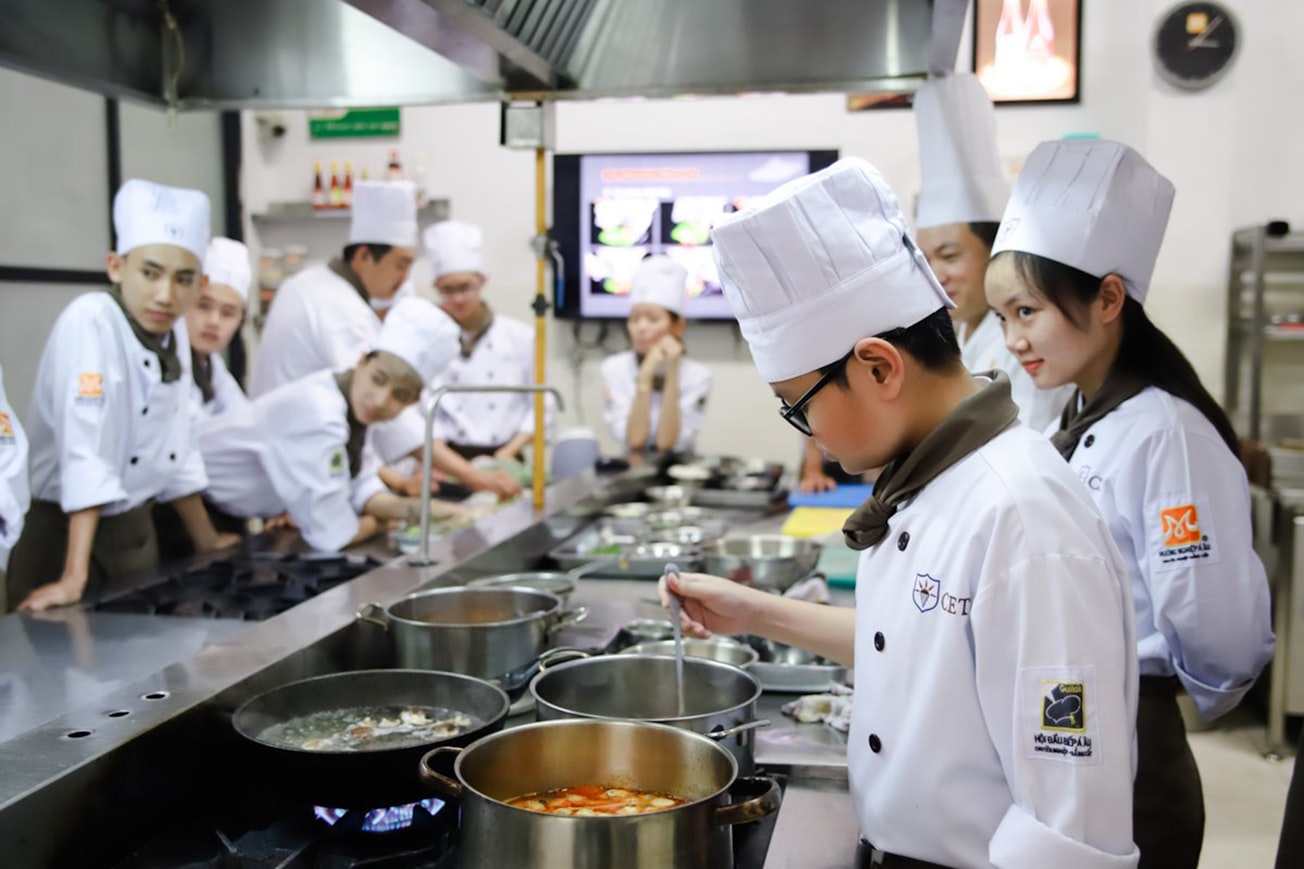What is it about?
Redox is an electrical parameter that was little considered when a food product is prepared. Redox potential could be modified by different intrinsic and extrinsic factors such as temperature, pH, dissolved oxygen, and chemical composition. Unfortunately, although the critical roles of redox in several key reactions occurred in biological systems such as food and biotechnological products, its application or control is still uncommon or less considered by food processors. This review details the concept of redox, its measurement methods, its importance in biological applications, and its application in food industries. This review also updates the last studies performed on hydrogen gas applications in food industries.
Featured Image

Photo by Trường Trung Cấp Kinh Tế Du Lịch Thành Phố Hồ Chí Minh CET on Unsplash
Why is it important?
Redox can significantly affect many quality attributes of food products such as nutritional and sensorial stability. The microbial quality of food especially the growth, heat resistance, and survival capacity of spoilage and pathogen microorganisms could be obviously affected by redox change. Hydrogen gas was rarely applied in food industries. This review summarizes the last studies performed on the application of hydrogen gas as a redox modifier in different food products.
Perspectives
I think this review could be useful for food processors for understanding how they can optimize the microbial, nutritional, and sensorial quality of the end food product by controlling the redox parameter. It also opens new perspectives for the use of hydrogen gas in food industries.
Prof. Duried Alwazeer
Igdir Universitesi
Read the Original
This page is a summary of: Importance of consideration of oxidoreduction potential as a critical quality parameter in food industries, Food Research International, June 2020, Elsevier,
DOI: 10.1016/j.foodres.2020.109108.
You can read the full text:
Contributors
The following have contributed to this page







